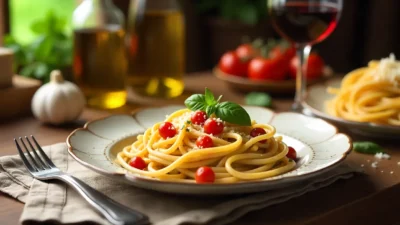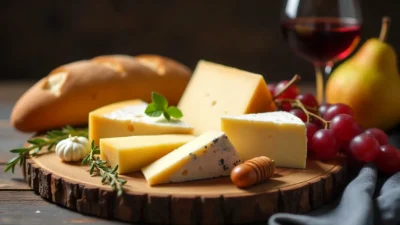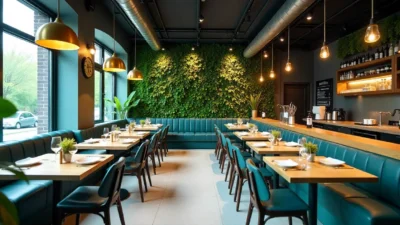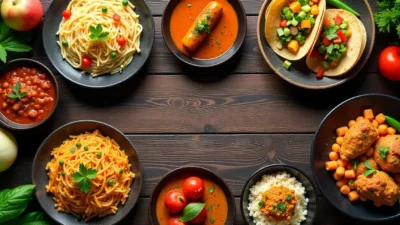Culinary Travel & Global Flavors: Explore the World Through Food 🌍🍴
In the Culinary Travel & Global Flavors category, you’ll embark on a taste-driven journey across borders, exploring cuisines, cultures and culinary stories from around the globe. Whether you’re reading about street food in Asia, regional specialties in Europe or fusion dishes inspired by travel, you’ll find ideas to take your cooking (and your tastebuds) further.
What You’ll Find
- Inspiring travel-food stories: from markets in unknown corners to kitchens of local chefs — authentic glimpses into what people eat and why.
- Global flavour journeys: profiles of ingredients, dishes and techniques from around the world; learn how other cultures cook, eat and celebrate.
- From travel to table: ideas on how to bring those flavours home — whether you cook a recipe, try an ingredient or simply swap your routine for something new.
- Culture, place and plate: food as story; the connection between landscape, local produce, tradition and shared meals.
Why It’s Worth Exploring
Food is one of the most direct ways to experience a culture. Through culinary travel and global flavours, you can expand your palate, your skills and your understanding of the world — all from your kitchen. This category invites curiosity, creativity and the joy of discovery.
Ideas to Try Now
- Choose one country or cuisine you’ve never cooked before and try adapting a simple dish at home.
- Explore a local ingredient from a different region — discover what makes it unique and how to use it.
- Set a global-themed dinner night: pick a destination, cook two or three dishes, and bring the story of place to your table.
- Read a travel-food story, reflect on how the flavours relate to place and season, and adapt what you’ve learned to your own cooking.










